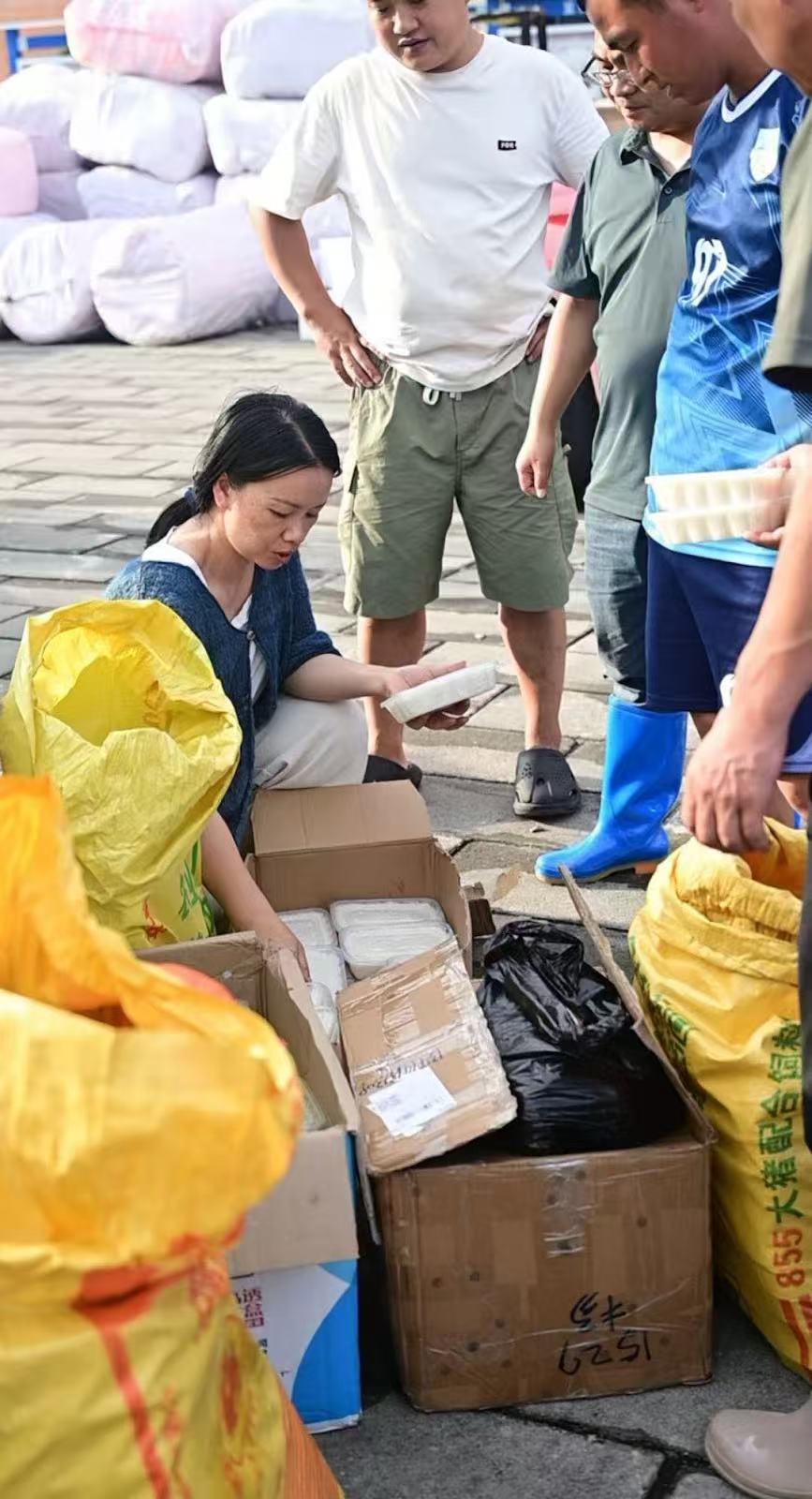The whole northern hemisphere was severely hit by heat waves this summer. The record-breaking heat waves crippled China’s power supply and engulfed Europe with wildfire. At the same time, the U.S. was devastated by intense flash floods, while Pakistan declared a national emergency due to flooding. A series of extreme weather events are happening around the globe, nobody is exempted. What are the reasons behind and what can we do to help?
In late July, we had a video call with Hong Kong’s polar explorer and researcher Wilson Cheung, who just completed his polar research expedition in Europe. As a glaciologist, Cheung is going to share with us his views on the underlying causes of this year’s extreme weather events: climate change in polar regions.
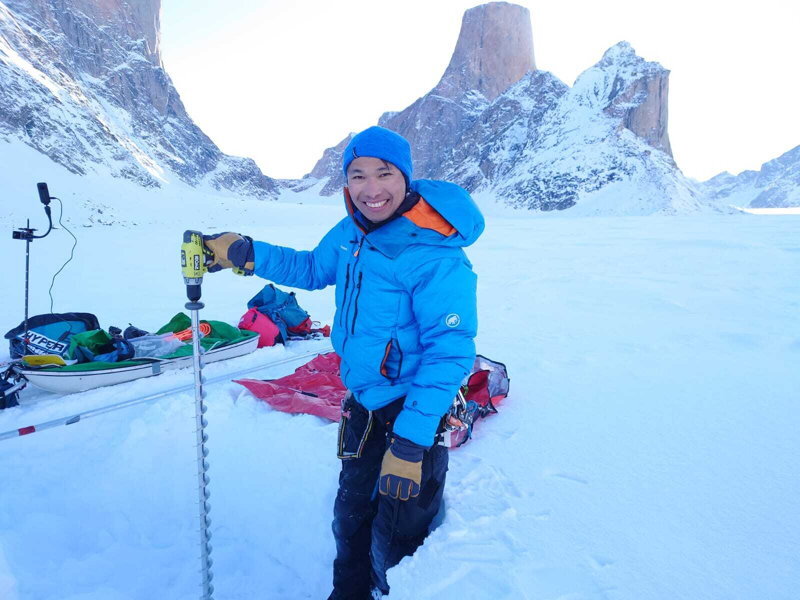
Glacier melt: a consequence of global warming, also the cause of extreme weather
As the interview begins, Cheung describes what he saw on Baffin Island, Canada from March to April this year. He took a helicopter to observe the glacier; what was in sight was a large area of surface meltwater. The glacier melted so much that it looked like a river. Cheung knows it was definitely a red flag. It was only around March to April, supposedly springtime in the Arctic, and the glacier should not have started melting and not to this extent. The situation is critical now that it is visible to the eyes.
“The Arctic now is like a person originally dressed in white got changed into black clothes.”
As the Arctic gets warmer and warmer, the amount of sea ice continues to decrease. The Arctic’s natural reflective “white jacket” is gone, exposing the absorptive dark-coloured ocean. Being exposed directly to the sun and not having enough sea ice to reflect solar radiation back to the atmosphere, the albedo decreases, causing the Arctic to absorb more sunlight and become even warmer.
A warmer Arctic means an increase in humidity. As sea ice melts, more water vapour will be evaporated into the atmosphere. Instead of snow, it will start raining in the Arctic. Cheung worries that this phenomenon will speed up glacier melt even further: water absorbs more heat than sea ice as water has a relatively higher latent heat capacity, meaning that more rainfall will speed up glacier melt.
“This is the so-called ‘positive feedback mechanism’, a vicious cycle that speeds up the melting of sea ice, which will also make the Arctic even warmer.”
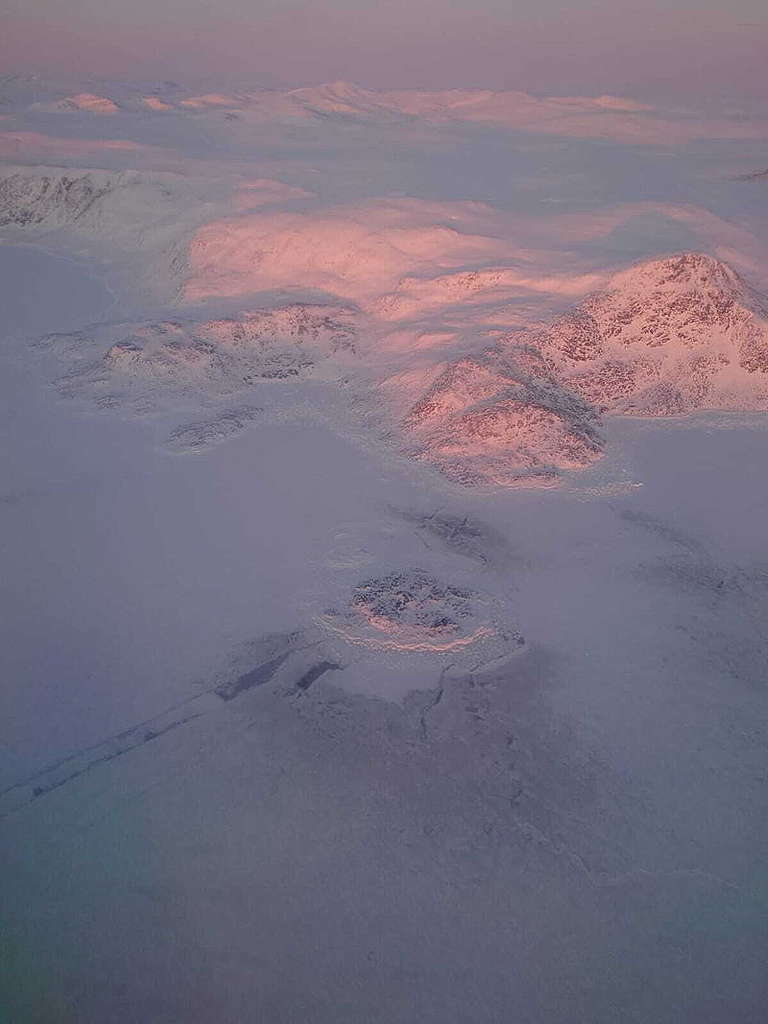
Not enough Arctic cold air to ‘dilute’ the heat
Based on Cheung’s expertise in glaciology and experience in polar research, he believes that this year’s intense and extreme heat waves are closely related to the warming of the Arctic.
Cheung points out that in the past summers, Arctic cold air has an important role in balancing out the heat in areas at the lower latitude, helping those areas to remain in a high but still livable temperature. The theory behind: In the Arctic, cold air masses descend and create high pressure at the earth’s surface, which naturally flow towards areas at lower latitude with lower pressure, for instance Europe, Siberia and the middle part of North America, which in turn lower the temperature of these areas.
However, Cheung believes that the cold air couldn’t travel south nowadays because the Polar Vortex was weakened. The Polar Vortex is a large low-pressure area that consists of swirling polar cold air. It spins in an anticlockwise direction to remain at the pole.
Originally, the polar jet stream, a band of fast-moving currents surrounding the polar vortex circulating at 66° 33′ north, would bring cold air and summer monsoon to areas such as Europe. However, the Arctic is warming twice as fast as the global average, causing the temperature gradient to become smaller, meaning that the difference in atmospheric pressure between the north and the south is further narrowed down, which results in a weaker Polar Vortex, making polar cold air unable to migrate south.
In brief, the Arctic cold air is like a gigantic fan that helps lower the temperature of areas at lower latitudes, but now, the fan is broken and cannot operate properly.
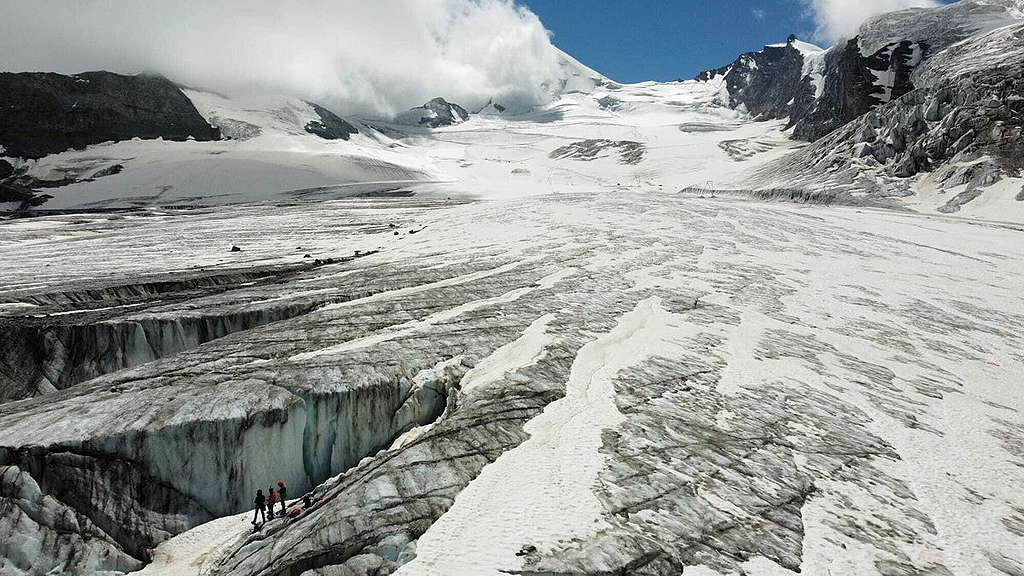
Cheung explained that this year’s intense heat waves that hit Europe were caused by hot air that travelled north from north Africa. The hot air blanketed Europe as there was no Arctic cold air to balance the heat out.
“In short, the Arctic is not cold enough, that’s why there is no cold air travelling to places like Europe.”
However, Cheung claimed that the above were only theoretical explanations. “Climate changes rapidly, we do not have sufficient knowledge or data to explain all the phenomenons.” Up till now, even with the use of 4 supercomputers in a polar research centre in Germany to monitor climate change, we are still missing pieces to explain current phenomena and are unable to predict the trends. “We, scientists, are still seeking answers. We should allocate more resources for research.”
Polar climate can impact freshwater supply
Climate change in the polar area is indeed not that far away from us, as it can impact the water cycle and pose threats to our freshwater supply.
Flooding seems to happen more frequently under the heat. Cheung explains that flooding is related to the soil. Soil exposed to the burning sun for 1 or 2 weeks becomes ashy soil particles. Soil absorbs water but ashy particles do not. Instead, when the rain comes, ashy soil particles will be washed away by rainwater and clog the sewage system. “Last year, there was flooding even in developed countries like Germany, that was one of the reasons.”
The Alps often described as being the “water towers” of Europe, play a crucial role in the water cycle. However, according to Cheung, as the amount of rainfall in the area decreases, less water is collected in the form of snow or in rivers, which results in less freshwater supply. This year, countries such as Italy imposed water rationing to tackle the water crisis.
Cheung points out that the threat of water scarcity brought by polar climate change impacted not only Europe but the whole world.
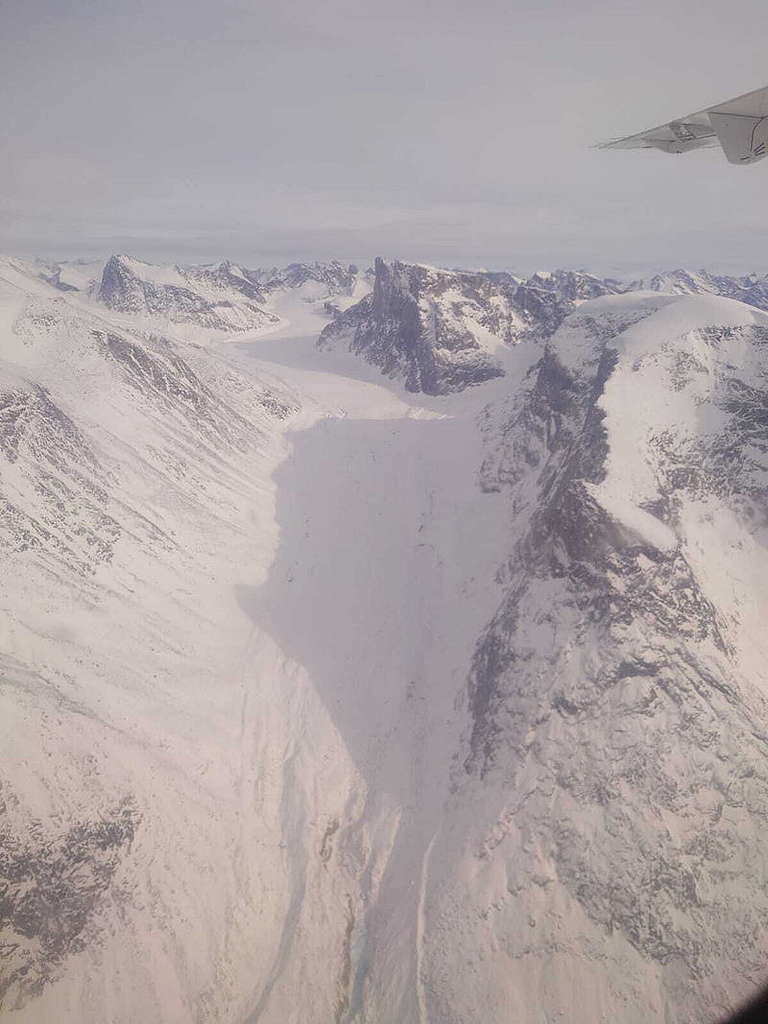
Take an overview, see the world as a whole
After looking at different climate change phenomena, it is obvious that the polar climate can impact the whole world. Still, most Hongkongers feel that the climate crisis is a distant issue. Cheung responded, “ The north pole is far away from us? It actually depends on how you define your relationship with nature.” Cheung thinks that we should not limit ourselves by focusing only on the relationship between “climate” and “Hong Kong”, as that reveals a lack of awareness and understanding that Hongkongers are part of a bigger family – the earth system.
“In the Arctic or Greenland, people could be jailed for killing a polar bear out of self-defence, what does that imply? It means that we perceive that other animals have the same level of rights as humans.” In those areas, people take into serious consideration whether actions taken by each individual might bring consequences to the environment. However, most Hongkongers still lack environmental awareness. “Being disconnected from nature”, we forgot about our identity as being part of the planet earth.
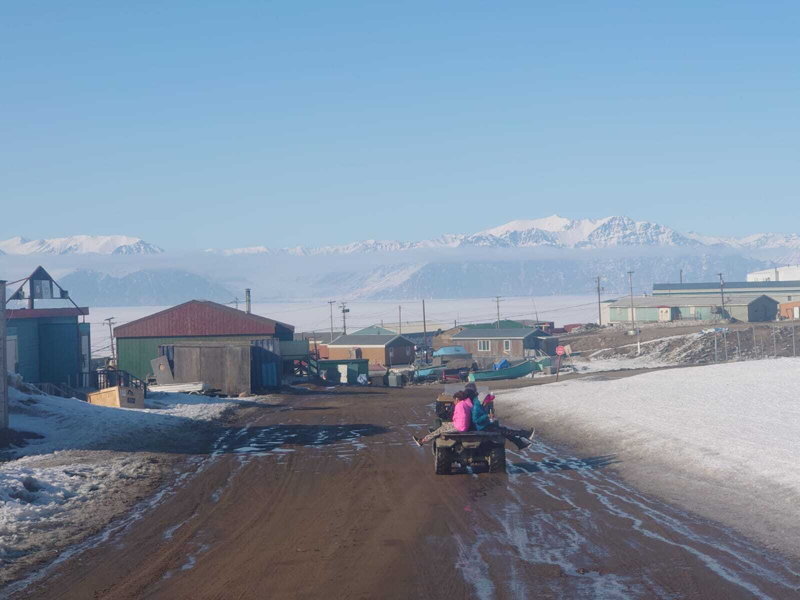
Cheung introduces us to the concept of the “overview effect”. It originally refers to the cognitive shift in awareness when astronauts have an overview of the earth from outer space: viewing the earth, a place we are familiar with, being like a tiny fragile blue ball in space triggers the sense of transcendence and interconnectedness of all human beings as a whole. Working in the rapid-changing polar areas also brought Cheung a shift in his perception and awareness of the earth.
There is often more news coverage on climate events in Europe and other developed countries. Cheung reminds us that other countries like Africa are also suffering from the impact of climate change. He urged us to view the earth as a whole while looking at climate-related issues.
“Hong Kong is indeed a piece of ‘blessed land’. Not located in the earthquake zone, does not have any water crisis with the help of seawater desalination as a reference from Singapore.” The most relatable impact of the climate crisis on Hong Kong is probably that the city will be hit by more typhoons. When seawater becomes warmer, more heat energy will be absorbed by typhoons. Thus, typhoons will be formed more frequently and they will be stronger. On average, there are 8-10 typhoons hitting Hong Kong each year and the number will continue to increase in the future.
As a scientist, even though there is insufficient data to forecast the climate trend, Cheung is certain that Hong Kong or the whole world will experience more extreme weather events that will lead to more casualties.
How Can We Help?
In the face of intense and extreme weather, are we powerless?
Not necessarily. Cheung believes that many a little helps a mickle. Take the daily example of buying clothes, if we do not take our environment into consideration, most people would just fall for cheaper fast fashion.
However, taking the concept of the “overview effect”, if we can reduce the harm we do to nature, consider sustainability and take concrete actions to support green fashion brands, there will be changes. “Through supporting the supply and demand of these (green) brands, to eventually phase out influential corporations that damaged the environment.” In Europe, members of the public self-mobilized to support businesses using paper straws; these actions forced other businesses to also eventually phase out plastic straws.
Cheung emphasizes that environmental awareness and concepts need to be nurtured through education. Bringing back the ancient concept of “the unity of heaven and humanity” can reunite and reconnect us with nature. And we can act for more positive changes from there.
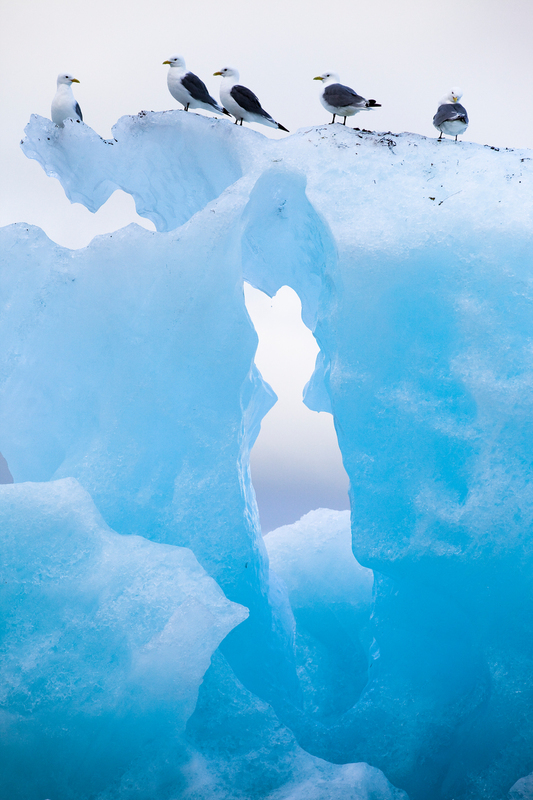
Cheung hopes that Hong Kong can allocate more resources to environmental research. He encourages youngsters to use their imagination, creativity and courage to raise more science-related questions. In order to inspire more Hongkongers to join polar research, Cheung partnered with Eric Wong and organized the “Asia Youth Alpine Mentorship Program”. The first round of the program was completed in July. It acted as a platform for youngsters to explore more about the polar mission. Cheung intends to continue to make use of his experience, knowledge and technical skills to help nurture the next generation of Asian alpine explorers, encourage youths to go above and beyond, explore the unknown and bring positive changes to the world.
Wilson’s IG
About “Let’s Talk about Climate Change” series
Climate change is not only here, but it has also evolved to “Climate Emergency”. As global citizens, we should not ignore the crisis we are in. Yet sometimes if not all, we might feel the issue is too big for us or too far away. We are inviting people in our local community, from all walks of life, to share with us how they connect to and make the effort to deal with climate change. Read More


